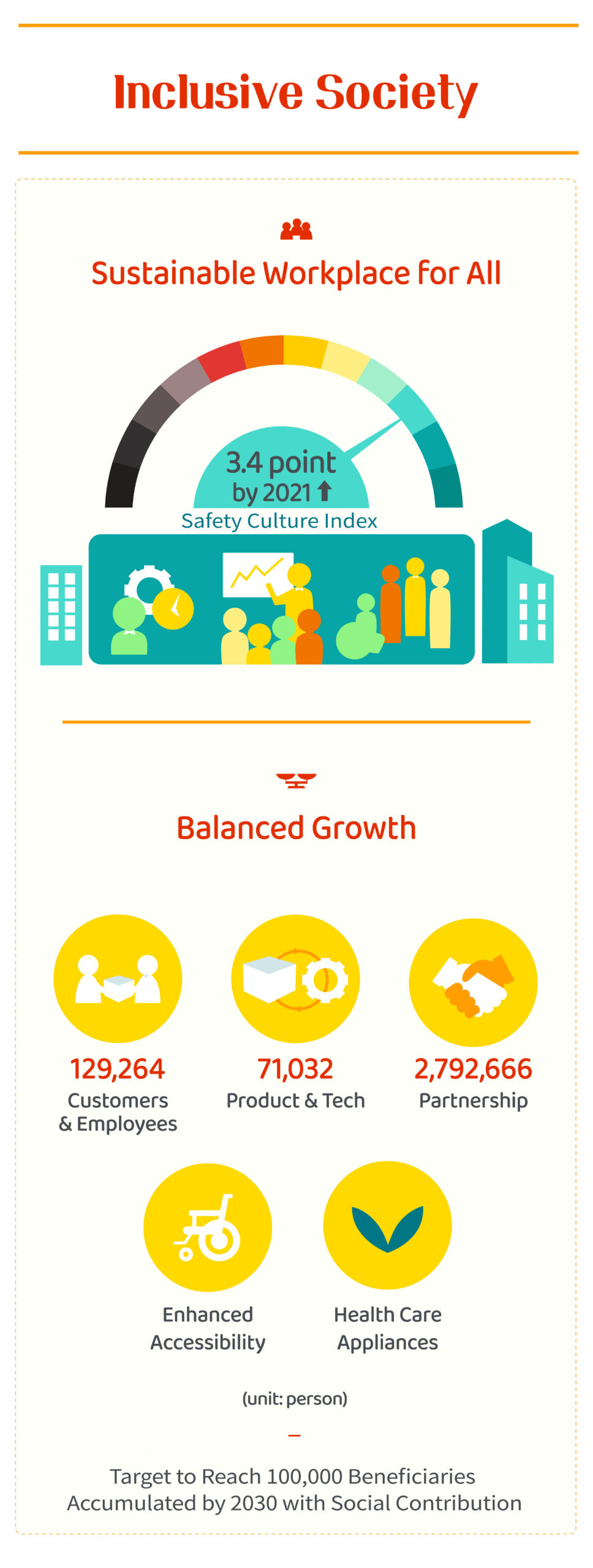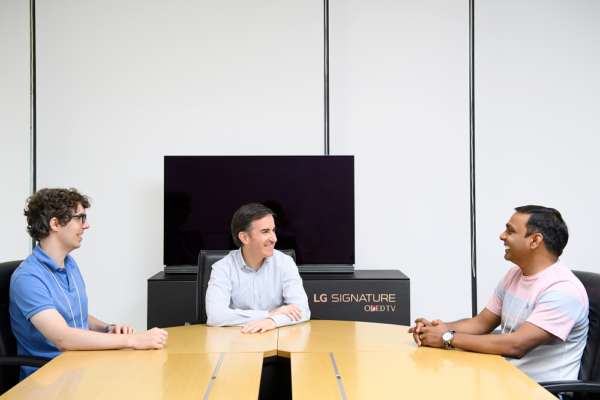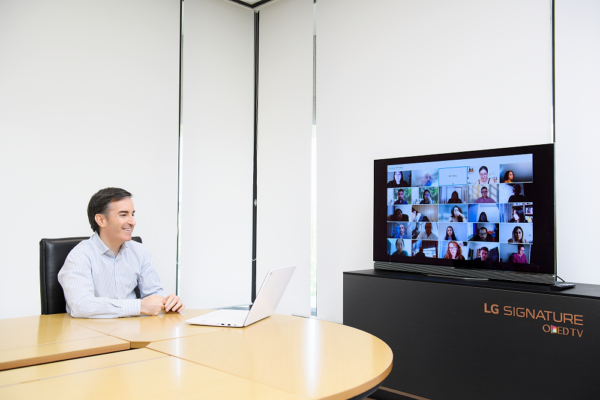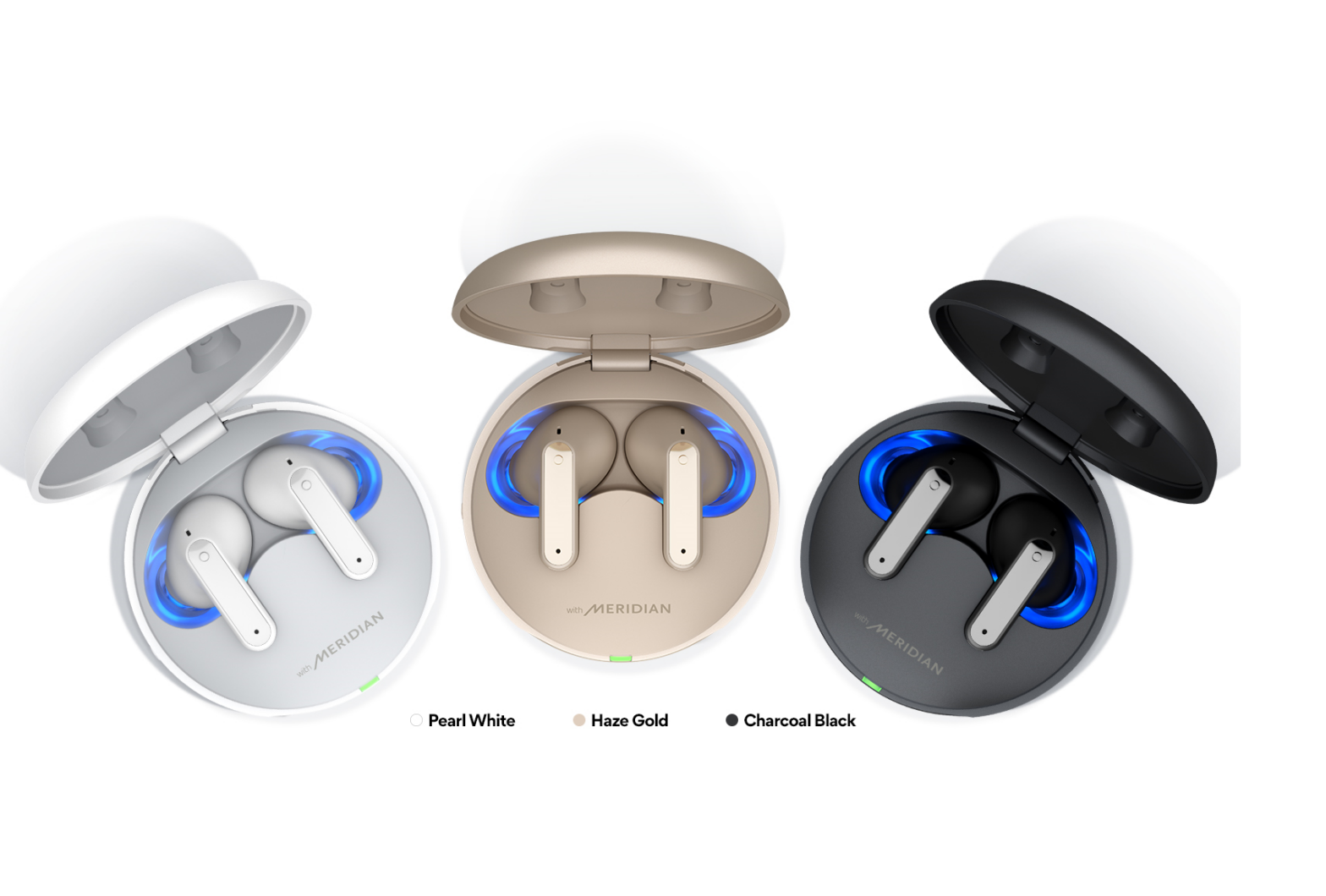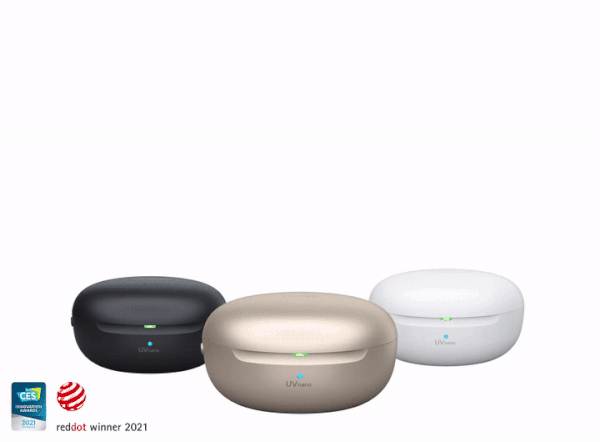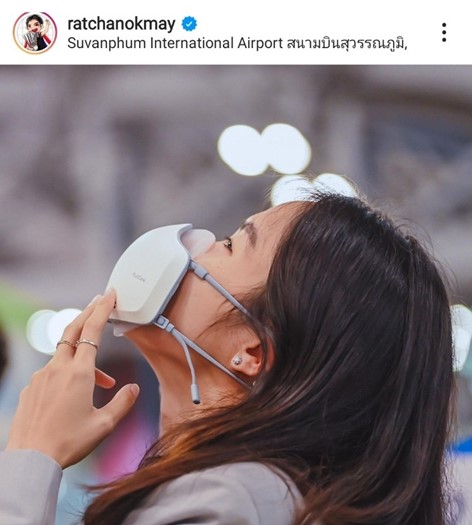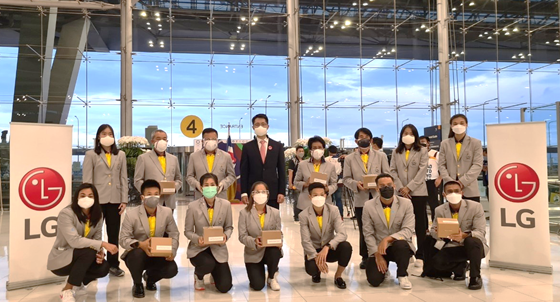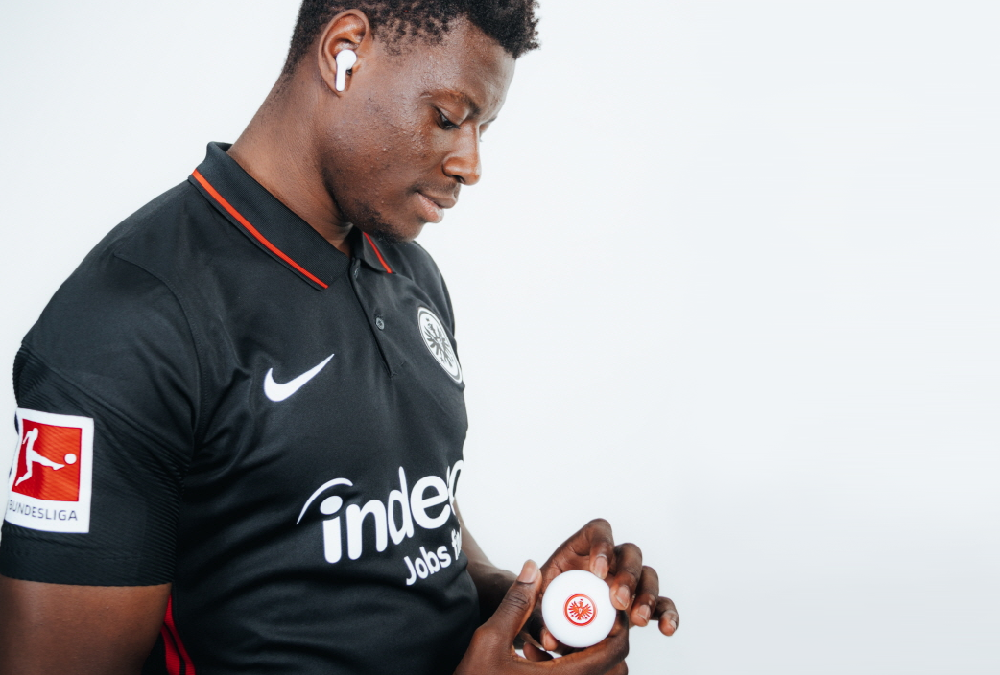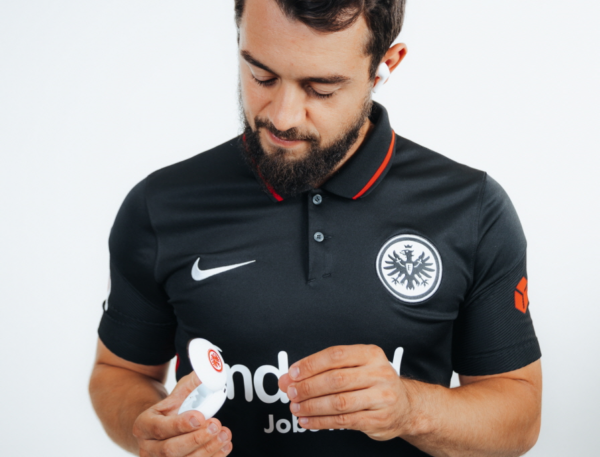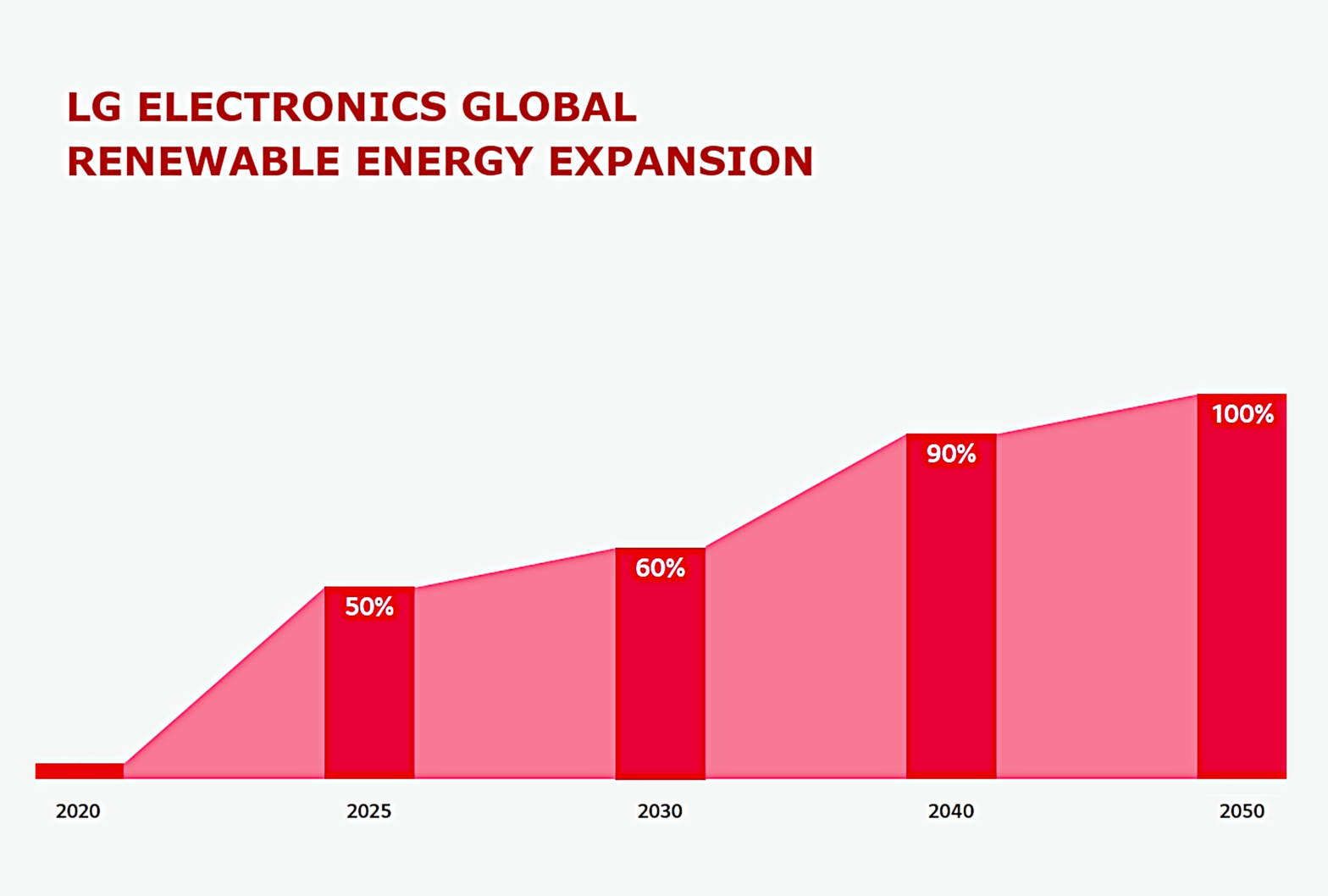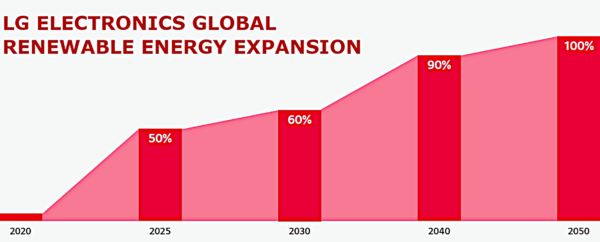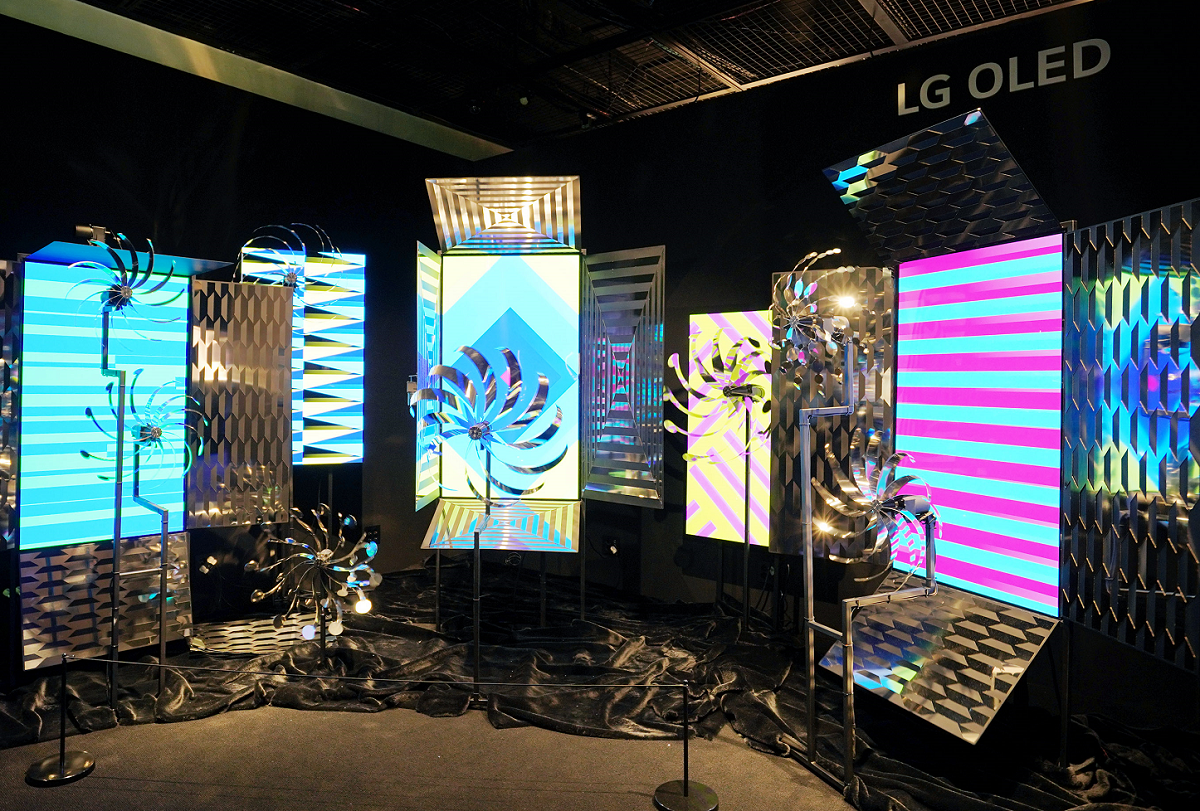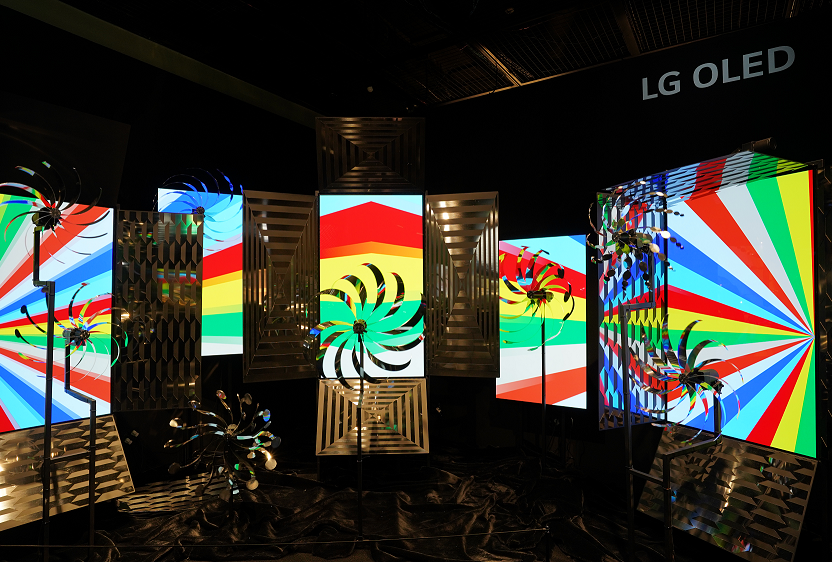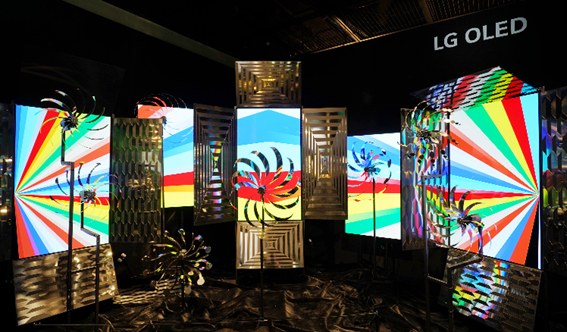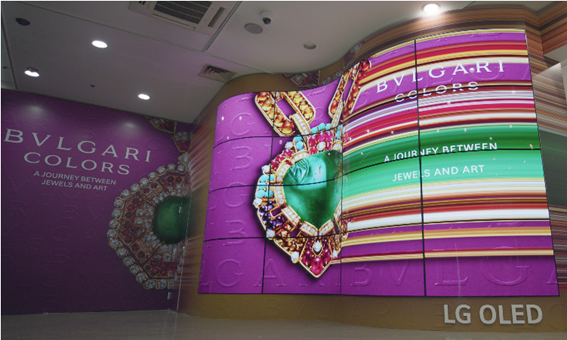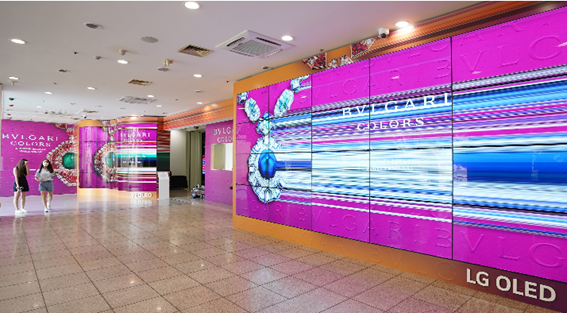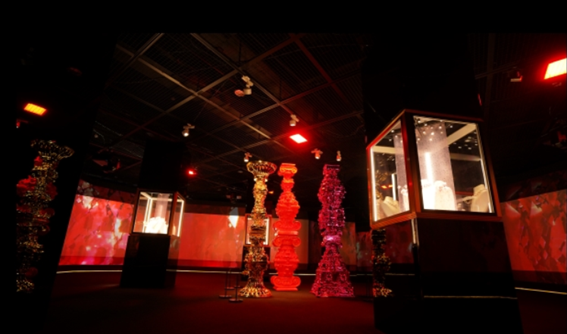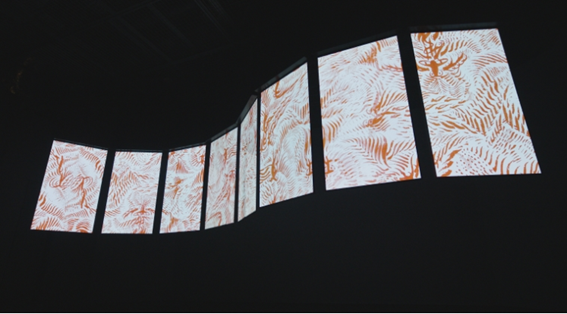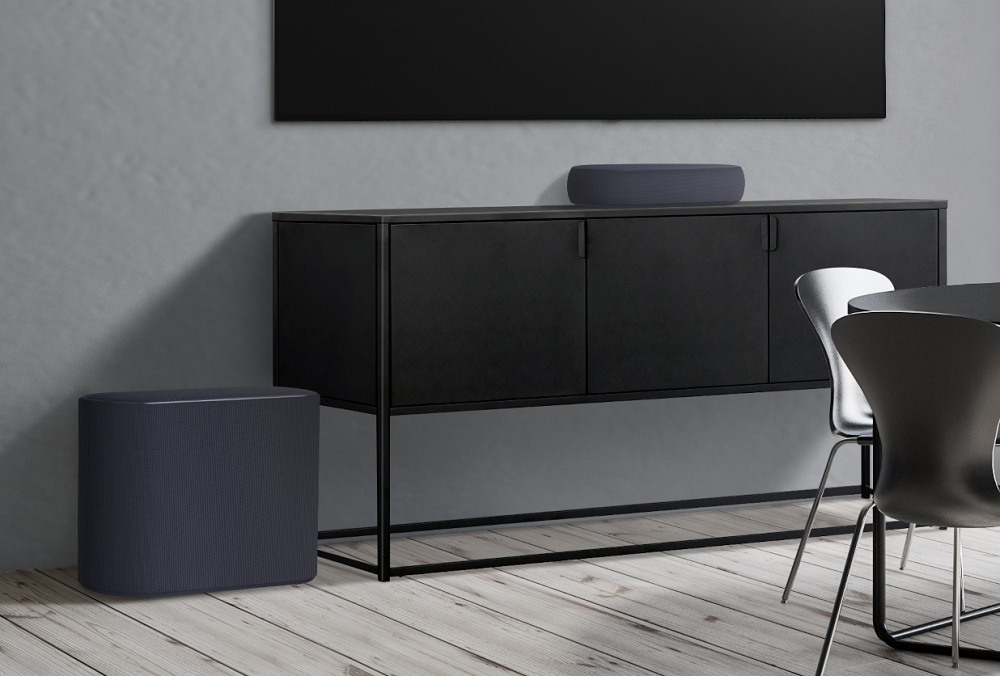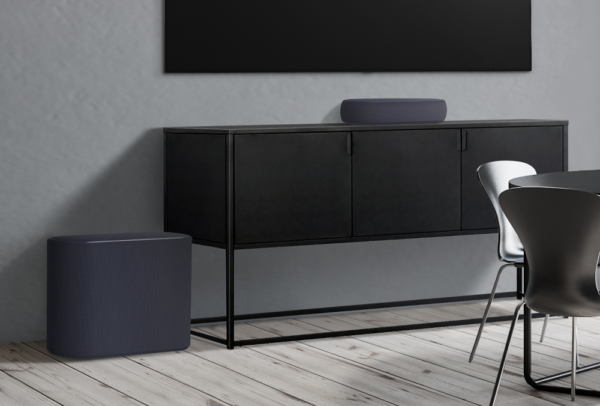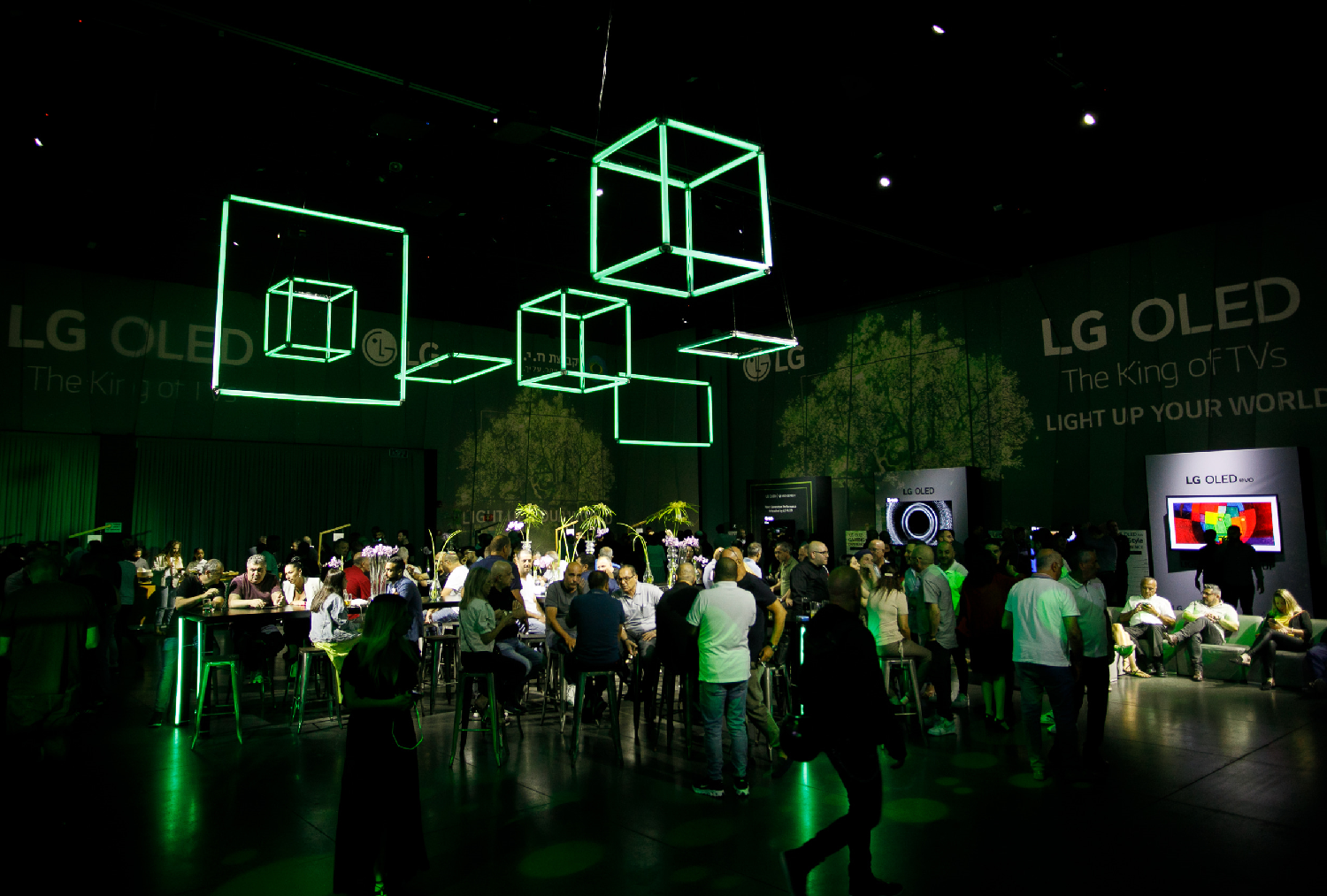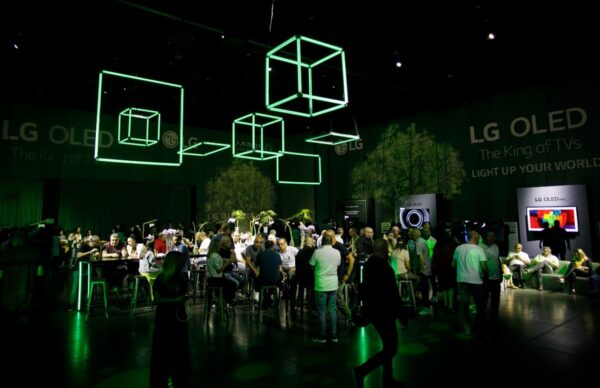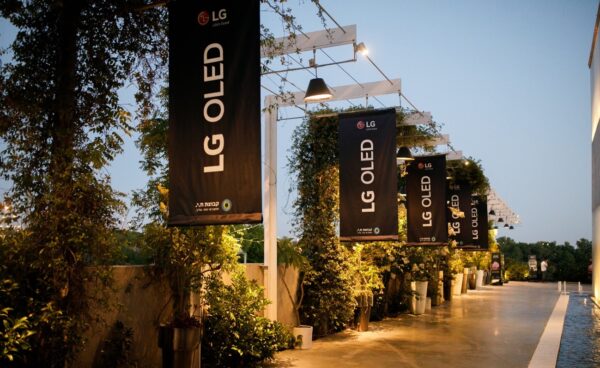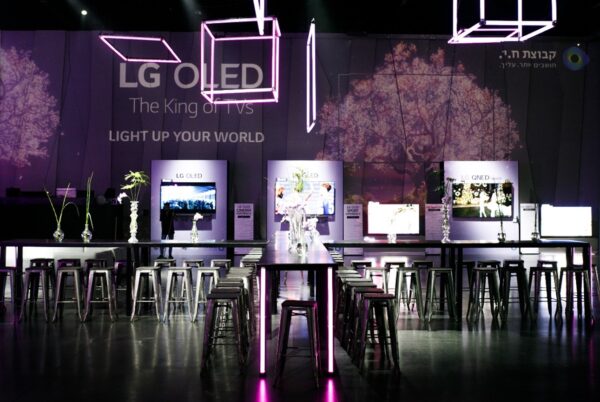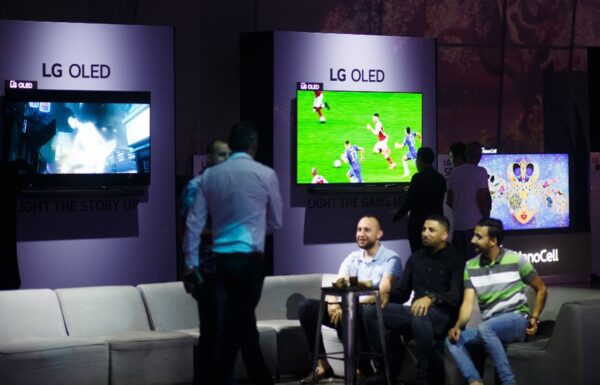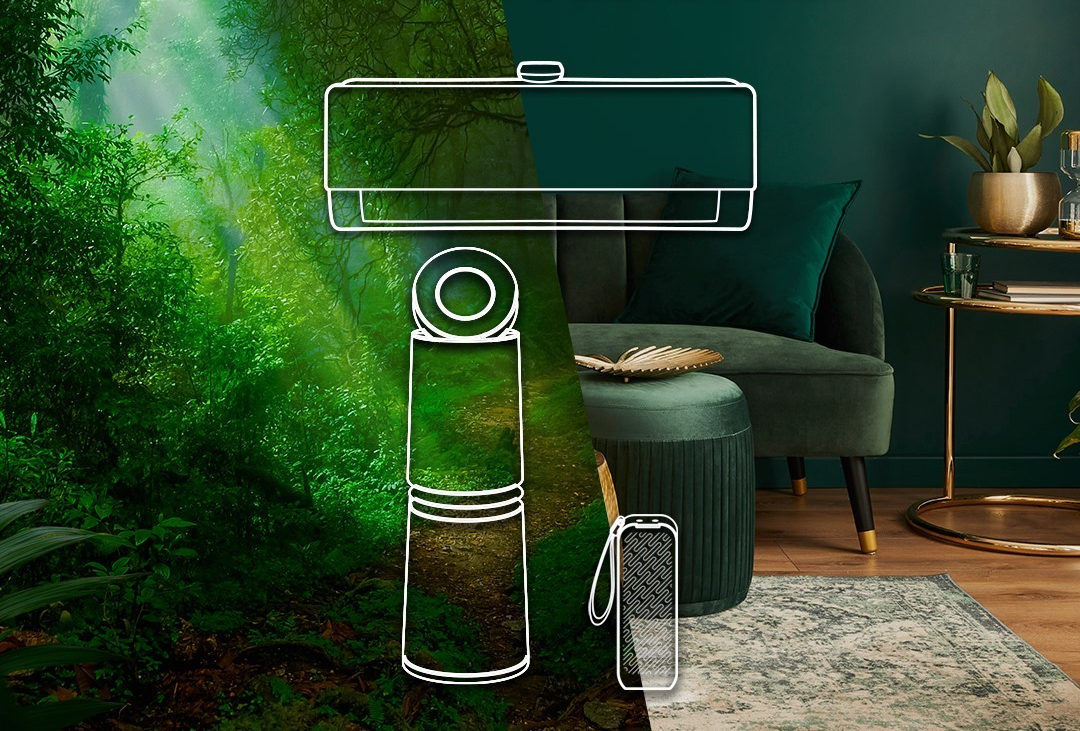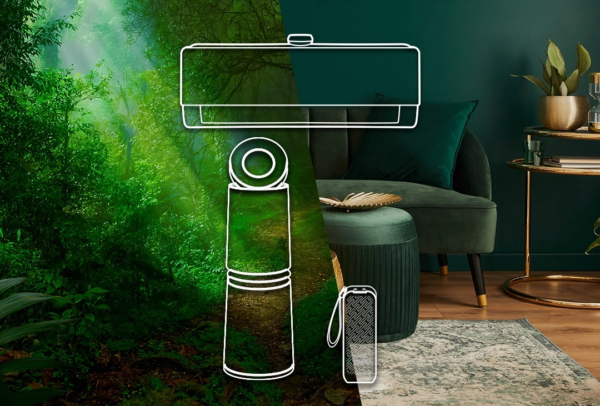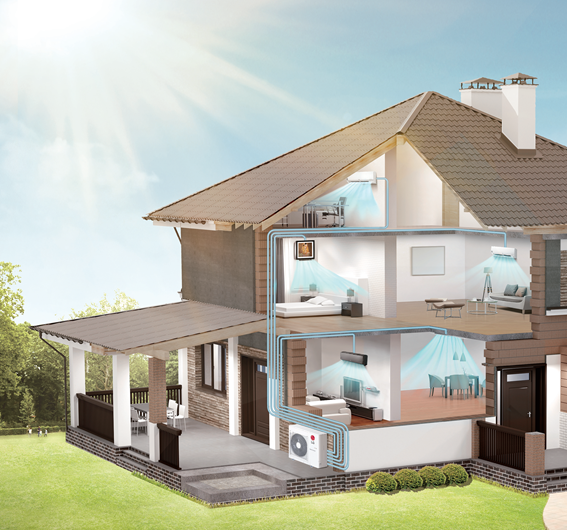New Company to Fuse Magna’s and LG’s Electric Powertrain
Strengths to Accelerate E-Drive Component Development

SEOUL, South Korea and AURORA, Ontario, Canada, July 28, 2021 – LG Electronics (LG) and Magna International Inc. (Magna) today signed the transaction agreement which establishes a joint venture between the two companies. The new company, to be called LG Magna e-Powertrain, is headquartered in Incheon, South Korea and will be led by a strong management team.
Leading the new company will be CEO Cheong Won-suk, a 20-year LG veteran who was most recently vice president and head of the LG Vehicle component Solutions Company’s Green Business. Prior to LG, Cheong spent nearly a decade with Daewoo Motors R&D.
Javier Perez, who has been with Magna since 2016, will be the new company’s COO. He will be responsible for overseeing the day-to-day operations of the joint venture. Perez brings nearly a quarter century of automotive manufacturing and quality control experience to LG Magna e-Powertrain, 18 of those years based in Asia.
The creation of the joint venture unifies Magna’s strength in electric powertrain systems and world-class automotive manufacturing with LG’s expertise in component development for e-motors and inverters. Announcing LG Magna e-Powertrain’s executive team marks a key milestone for the joint venture company, which will manufacture e-motors, inverters and on-board chargers and, for certain automakers, related e-drive systems.
The design, engineering and manufacturing synergies created by LG Magna e-Powertrain is expected to enable both companies to quickly react to market trends and capitalize on the growing global shift toward vehicle electrification. The new company will develop powertrain components that offer automakers a scalable portfolio, from complete solutions enabling electrification and functionality to integrating intelligent operating software and controls in new e-drive systems.
“Partnering with Magna enables LG to scale up its global production, provide additional business opportunities and offer synergies in procurement and technological innovation,” said CEO Cheong. “The integrated and collaborative approach is expected to deliver quickly for customers and capitalize on the rapid growth of the worldwide electric powertrain market.”
“The market for e-motors, inverters and electric drive systems is expected to have significant growth between now and 2030. Our joint venture company brings together experts from Magna and LG to deliver a world-class portfolio of electric solutions,” said COO Perez. “Leveraging existing technologies, engineering capabilities and global footprints, LG Magna e-Powertrain seeks to enable advancements that help automakers achieve some of the biggest challenges ahead in electrifying their full vehicle lineups.”
LG Magna e-Powertrain will be made up of more than 1,000 employees in the United States, South Korea and China.
# # #




